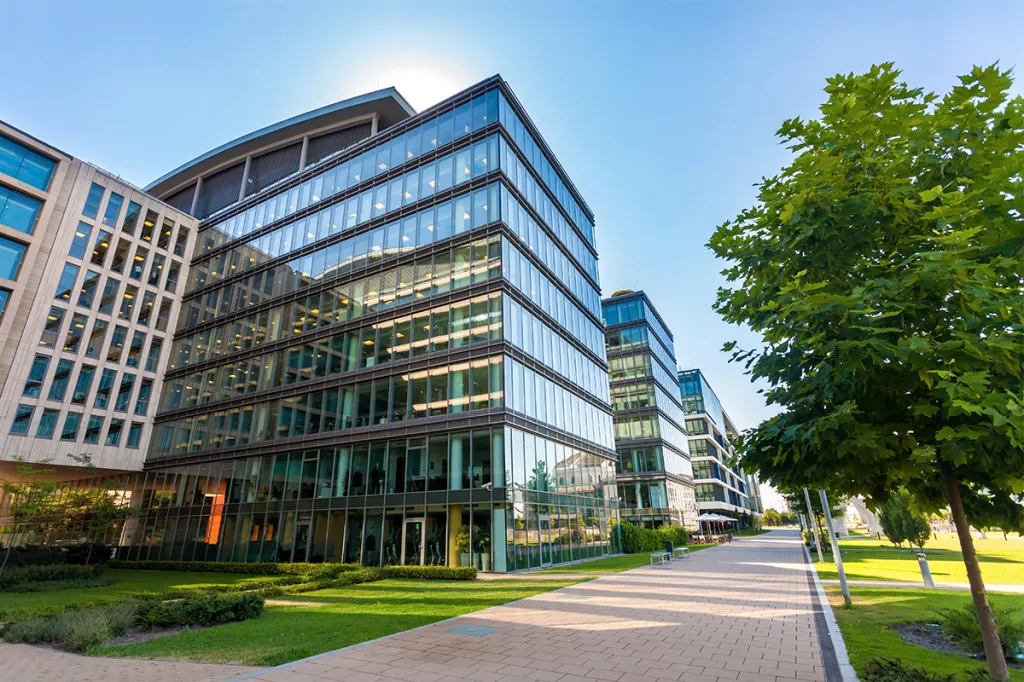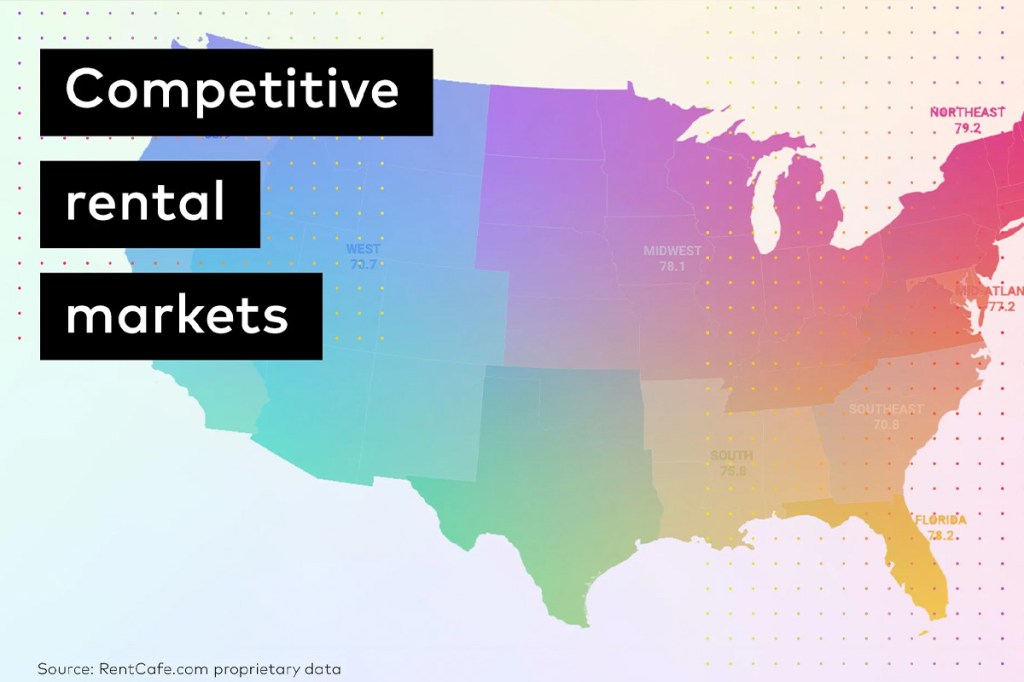
The office landscape has undergone a significant transformation in recent years. As many who follow CRE trends have observed, the pandemic forced many businesses to offer remote and hybrid work models. As a result, there’s been an increase in demand for flexible office and coworking spaces. Major coworking businesses like WeWork report higher occupancy rates, and the latest industry reports from Yardi Matrix project substantial growth. This is all evidence that flexible office solutions are becoming increasingly essential for businesses in a post-pandemic world.
This article delves into the rise of flexible office spaces, the coworking landscape and factors contributing to this trend. It also explores the latest data on office employment growth and the impact of large office deals in 2023. If you’re a property manager, owner or investor in commercial real estate, don’t miss this analysis of flexible office spaces and the future of the office.
See the May 2023 Matrix Office National Report for all data and insights found in this article.
Demand for flex space continues to rise
Flexible spaces have become increasingly important in CRE, and coworking is experiencing a notable resurgence. The flexibility offered by coworking aligns well with the growing adoption of hybrid work models. According to a comprehensive report by JLL, flexible office spaces have seen net increases in occupancy since late 2020. This trend highlights the transformative power of flexible spaces in the current corporate environment.
WeWork, a prominent player in the industry, recently announced another increase in occupancy rates during the first quarter of 2023. Their ongoing growth underscores the robust demand for flexible office spaces. In fact, The Business Research Co., a reputable market research and intelligence firm, believes the global coworking industry is projected to grow at an annual rate of 17%, surpassing $30 billion by 2026.
According to Yardi Matrix, there are approximately 5,600 shared office space locations across the country. They cover a total area of more than 115 million square feet, or 1.7% of the overall office space market. More than half of all coworking locations are concentrated in top markets (see the Yardi Matrix report for more details).
Room to grow
Although the current distribution of flexible spaces is small, it is expected to expand significantly in response to demand. In addition to well-known industry leaders like Regus, WeWork and Industrious, there are over 2,000 traditional coworking operators across the country.
In addition to coworking businesses, building owners are acknowledging the potential of flexible office spaces. Some are offering their own solutions to utilize vacant inventory. This further demonstrates the increasing importance of flexible spaces in commercial real estate.
Signs of healthy office job growth
In April 2023, the office-using sectors of the labor market experienced a notable increase of 67,000 jobs, reflecting a year-over-year growth of 2.0%. This growth rate surpasses the average monthly increase of 27,000 jobs observed over the previous six months. Hopefully, this means we’re seeing a healthy expansion of in-office employment.
Commercial property managers: prepare your business for the future
Yardi Matrix will continue to follow trends in flexible office spaces and market concentration in commercial real estate. These are complex systems at play, and the best anyone can do to prepare is give themselves a boost with the best available tools.
Yardi Matrix is the industry’s leading market intelligence service, providing users a crucial edge against the competition. Yardi Matrix is best used in combination with property management software such as Yardi Breeze, Yardi Breeze Premier and Yardi Voyager. Real estate businesses of all sizes can access the tools they need to future-proof and stay prepared for anything.



